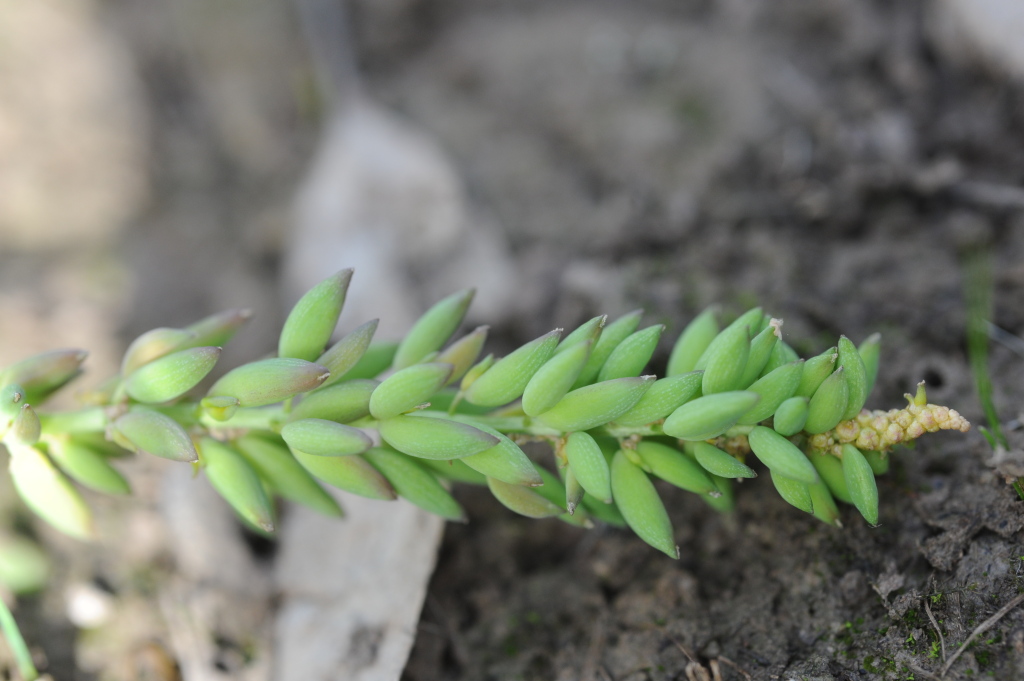Cycnogeton dubium
(R.Br.) Mering & KadereitSimilar to Cycnogeton procerum but plants more slender; tubers plumper, near-globular to ellipsoid or broad-obovate, only 1–4 times as long as broad; leaves 31–75 cm long, 3.5–15 mm wide, the sheaths not meeting across the face of the blade, each sheath equal to about one-quarter to one-third of the leaf width (in cross-section c. 3 cm below the sheath summit); scape at fruiting 23–67 cm long, 13–25 mm diam.; mature fruits loosely touching or separate, c. (15–)39–250 per infructescence, 8.3–10.5 mm long, 5.5–8.8 mm wide, variable in outline but very distinctive with free (occasionally minutely attached at the base), erect to semi-outspread, mature carpels; mature carpels 1–6, lacking ridges or with inconspicuous broad-convex dorsal ridges, each carpel ± lanceoloid, circular in cross-section; all (2–)3(–6) carpels mature or often some abort. Fruits (Oct.–)Nov.–Mar.
MuM, Wim, VRiv, RobP, MuF. Also WA, NT, Qld, NSW. Occurs in still ephemeral fresh water to 50 cm deep, in swamps creeklets and floodplains, typically in Eucalyptus largiflorens/Muehlenbeckia florulenta sites.
Collections from northern Australia usually have ± cylindric leaves tapered from sheath to apex, and larger fruits up to 21 mm long. They have been referred to a separate species, Triglochin pterocarpa W.Fitzgerald, but gradations indicate that this specific distinction is not warranted.
 Spinning
Spinning


